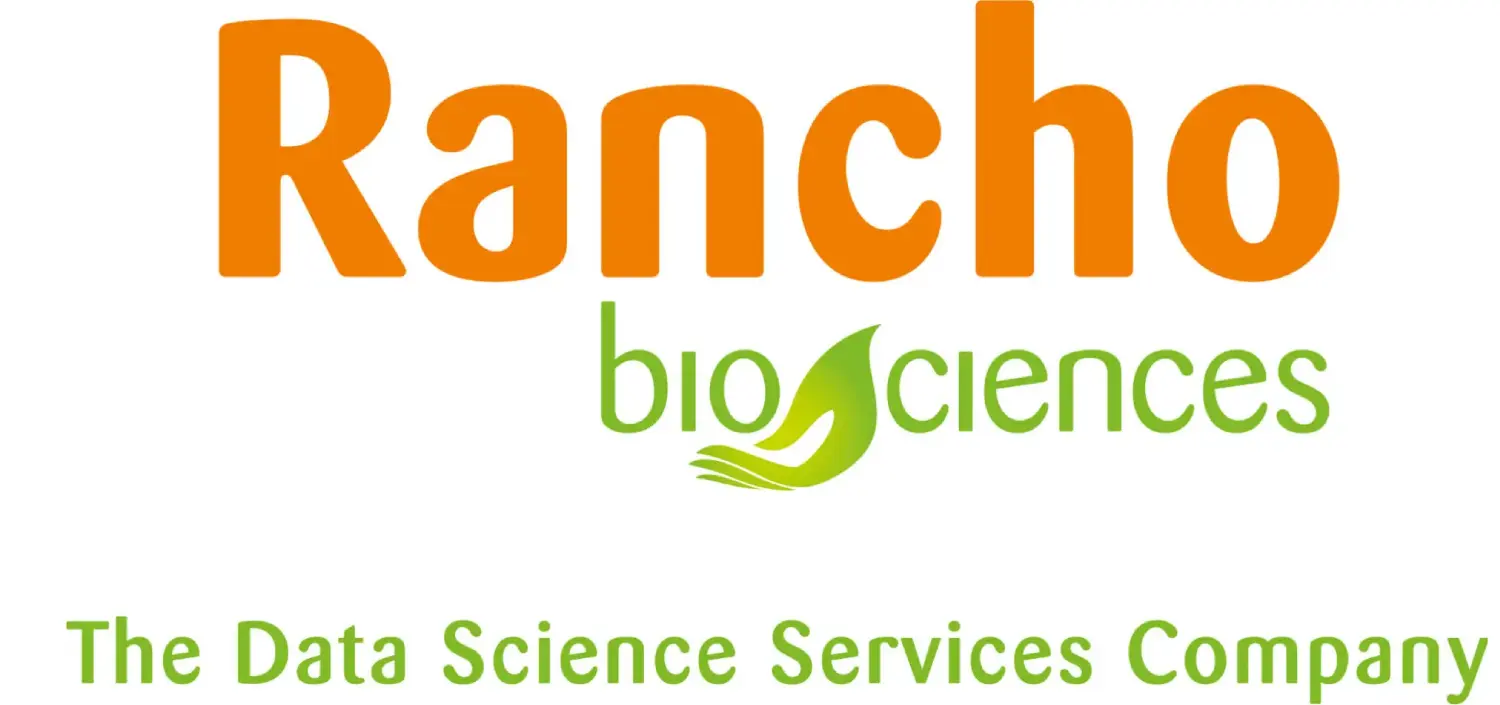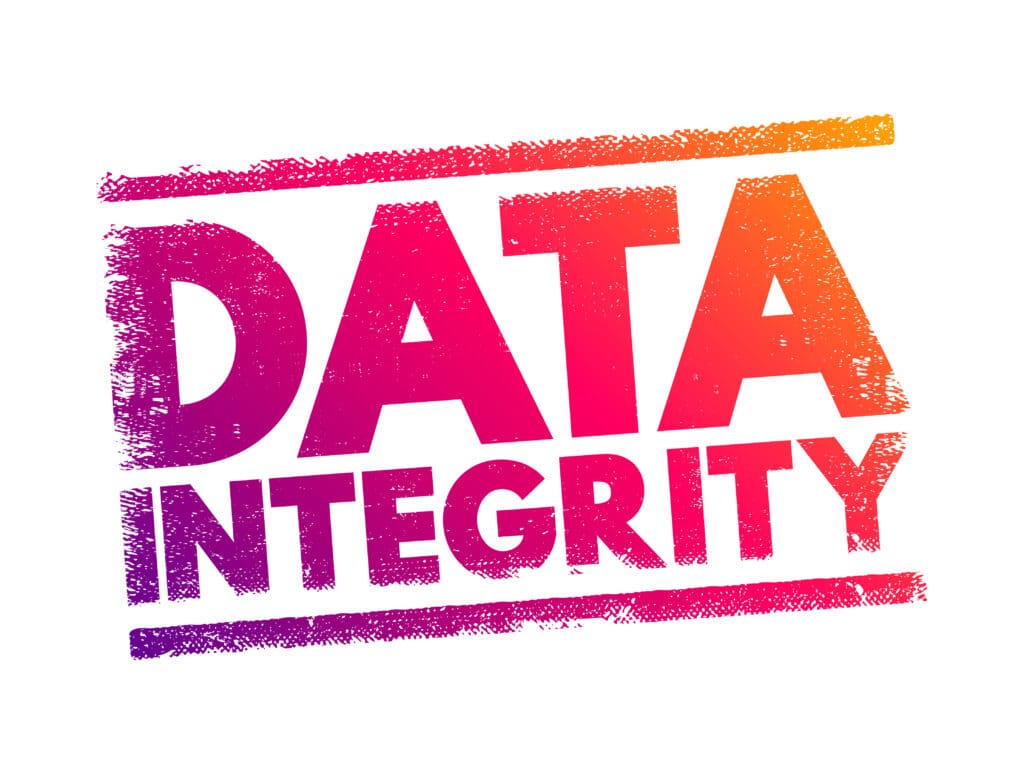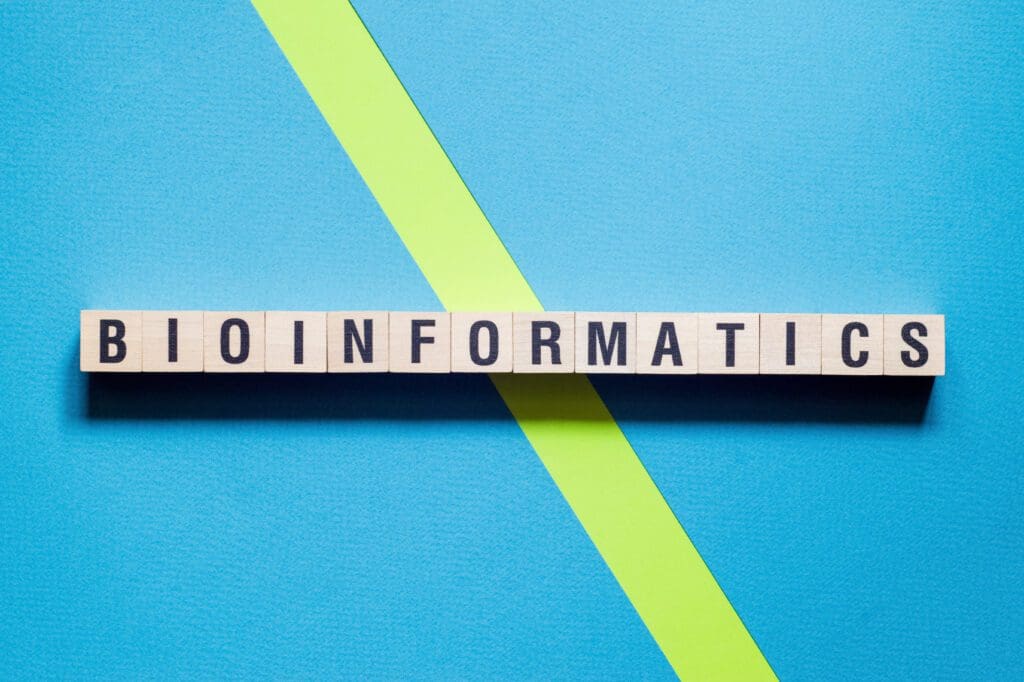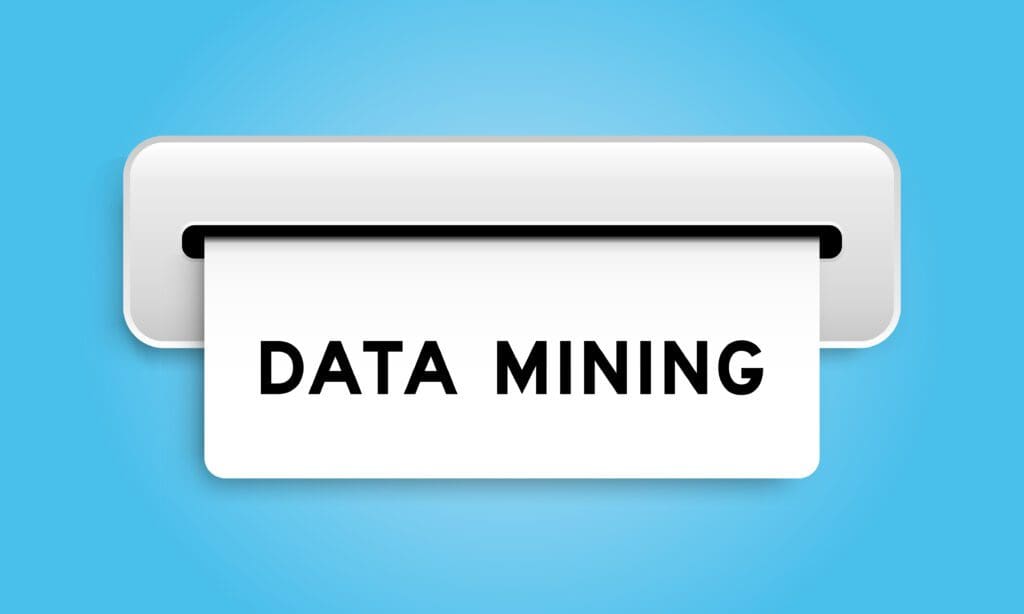Posts by blog578
The Science of Safety: Understanding Toxicology in Biomedical Research
Toxicology plays a crucial role in biomedical science, serving as the foundation for understanding how various substances interact with living organisms. This field is essential for ensuring the safety of pharmaceuticals, chemicals, and environmental agents. In the context of drug development and public health, toxicology provides vital insights that guide decision-making processes and regulatory frameworks.…
Read MoreUnderstanding Data Integrity: The Backbone of Biomedical Research
In the fast-paced world of biomedical research, where groundbreaking discoveries can revolutionize healthcare and save lives, the integrity of scientific data stands as the bedrock of trustworthy science. As the volume and complexity of data continue to grow exponentially, maintaining data integrity has become more crucial than ever. This comprehensive guide explores the concept of…
Read MoreNavigating the Data Jungle: How Ontology & Taxonomy Shape Biomedical Research
In the rapidly evolving landscape of biomedical research and pharmaceutical development, effective data organization is paramount. Two fundamental concepts that play crucial roles in structuring and interpreting scientific information are data ontology and taxonomy. While these terms are often used interchangeably, they represent distinct approaches to data classification and organization, each with its own strengths…
Read MoreUnlocking the Secrets of Life: A Deep Dive into Single-Cell Bioinformatics
In the ever-evolving landscape of biological research, the realm of single-cell bioinformatics has emerged as a powerful tool, allowing scientists to unravel the mysteries hidden within individual cells. This groundbreaking field goes beyond traditional bulk analysis, offering a nuanced understanding of cellular heterogeneity and paving the way for personalized medicine and targeted therapies. Keep reading…
Read MoreSingle-Cell Sequencing: Unlocking the Secrets of Cellular Heterogeneity in Biomedical Research
In the rapidly evolving landscape of genomics and precision medicine, single-cell sequencing has emerged as a groundbreaking technology, offering unprecedented insights into cellular heterogeneity and function. This powerful tool has revolutionized our understanding of complex biological systems, paving the way for innovative approaches in drug discovery, disease diagnosis, and personalized treatments. In this article, we’ll…
Read MoreUnraveling the DNA of Data: A Comprehensive Guide to Bioinformatics
In the ever-evolving landscape of modern science, few fields have experienced such rapid growth and transformative potential as bioinformatics. This interdisciplinary domain, where biology, computer science, and information technology converge, has revolutionized our understanding of life at the molecular level. In this article, the experts from Rancho BioSciences, a premier life science data service provider,…
Read MoreHarnessing the Power of Data Mining in Artificial Intelligence
In today’s digital age, data has become the new gold. With the exponential growth of information generated every second, organizations are constantly seeking ways to extract valuable insights from this vast sea of data. This is where data mining in artificial intelligence (AI) comes into play. Data mining, a critical component of the broader field…
Read MoreHow Large Language Models Are Revolutionizing Scientific Research
The advent of large language models (LLMs) marks a pivotal shift in scientific research, offering unprecedented capabilities in processing and analyzing vast amounts of text-based data. These advanced machine learning models, such as OpenAI’s GPT-4, are designed to understand and generate human language with remarkable accuracy. Their applications extend beyond simple text generation, profoundly impacting…
Read MoreData Governance in Data Science: Ensuring Quality, Security, & Compliance
In the rapidly evolving world of data science, life science and biotech organizations are constantly grappling with vast amounts of information. As data becomes increasingly crucial for decision-making and business operations, the need for effective data governance has never been more pressing. Data governance is a critical aspect of managing and utilizing data effectively in…
Read MoreThe AI Revolution in Life Sciences: Transforming Discovery & Patient Care
Artificial intelligence (AI) is rapidly transforming the landscape of life sciences, ushering in a new era of innovation and efficiency. From drug discovery to personalized medicine, AI is revolutionizing how we approach research, diagnosis, and treatment. In this comprehensive guide, the experienced team from Rancho BioSciences, a premier data service provider, explore the role of…
Read More









